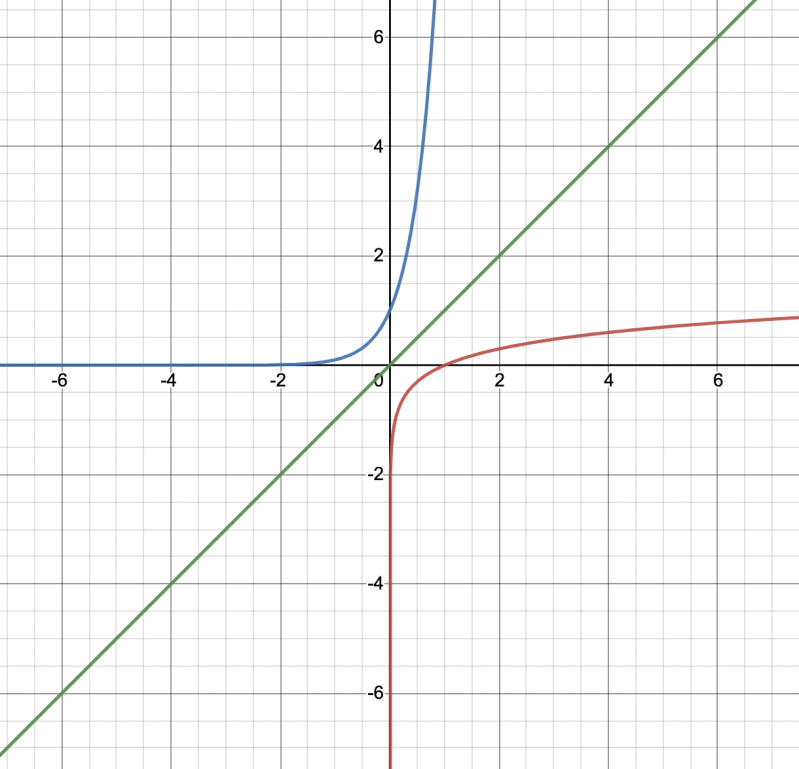Exponent and Logarithm
Learning Objectives
SL 1.2: Exponents and Logarithms
- Laws of Exponents and Logarithms
- Laws of exponents with integer exponents
- Laws of exponents with rational exponents.
- Laws of logarithms.
- Change of base of a logarithm.
- Introduction to logarithms with base 10 and e
Applications
- Solving exponential equations, including using a logarithm
- Numerical evaluation of logarithms using technology
- Exponential Equations
- compound interest
- annual depreciation.
Logarithmic and Exponential Functions
- Logarithmic and exponential functions are inverse to each other, so they are symmetrical to the function of y=x. The symmetrical of y=x is universal to all inverse functions
- An inverse function is a function that returns the original value for which a function has given the output. If f(x) is a function which gives output y. For example, is a function of f(x)=5 when x=1, then the inverse will produce 1 and its input is equal to 5
- Since logarithmic and exponential functional are inverse to each other, they coordinates are also symmetric origin
- Link for the graph: https://www.desmos.com/calculator/112b0yv70a

Note: This is just an extension for this topic here, more details will be taught in function, topic 2